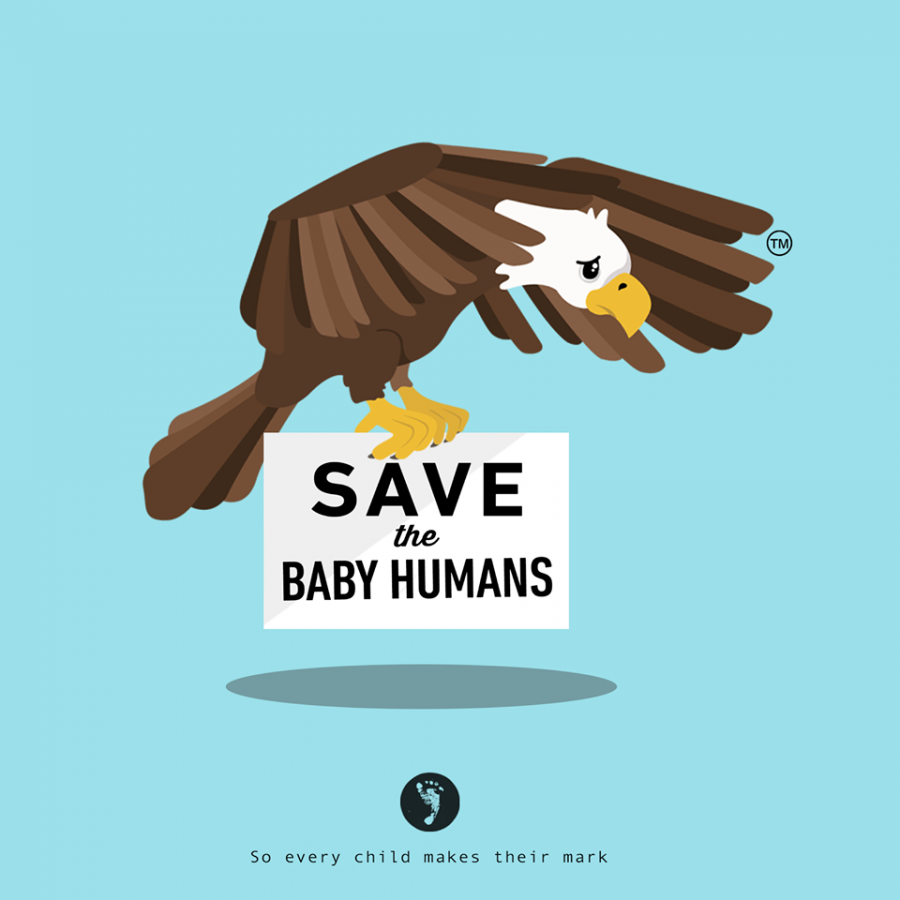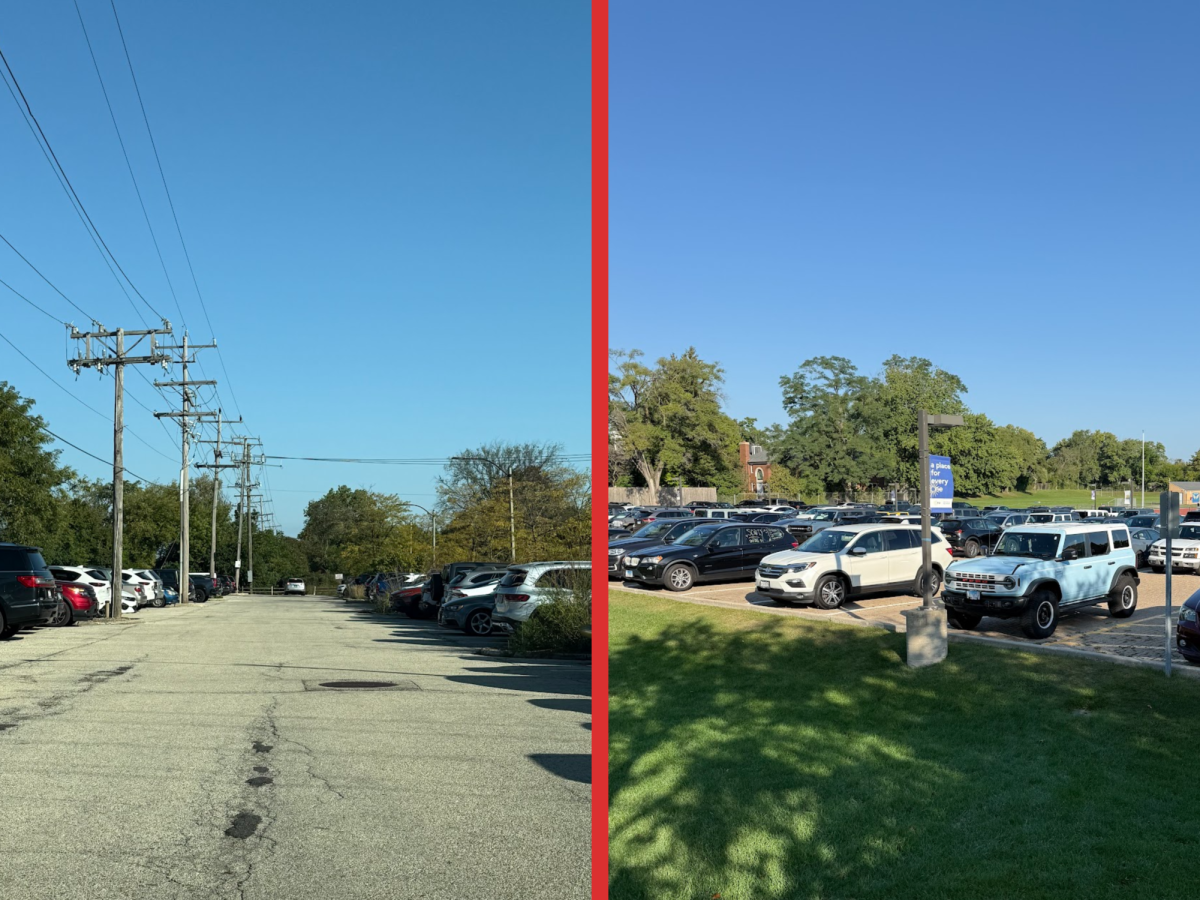Saving the world while saving money sounds like a pipe dream at first, however, the reality is that loving the earth while loading your wallet is actually pretty easy! Committing to something new can often appear daunting, especially when confronted with a lifestyle change. In the case of living a more eco-friendly life, there exists a common misapprehension that doing so is exceptionally expensive, inconvenient, and labor intensive — and that it requires a wardrobe’s worth of tie-dye shirts. Making a change begins with a single step. The following simple and thrifty lifestyle changes can begin your journey into a more eco-friendly life.
Eat Less Meat
While a juicy cheeseburger with extra bacon proves sometimes irresistible, the process of raising and supporting the livestock required to produce said cheeseburger represents a prodigious burden on the environment. According to a United Nations study investigating the impact different food sources exhibit, it was found that “the livestock sector accounts for 9 percent of CO2 deriving from human-related activities, but produces a much larger share of even more harmful greenhouse gases. It generates 65 percent of human-related nitrous oxide, which has 296 times the Global Warming Potential (GWP) of CO2.” In order to raise the animals necessary to fulfill the order, massive amounts of detrimental gasses are released into the atmosphere promoting an increase in average global temperatures and the destruction of the ozone — not to mention a multitude of other environmental and health issues. Furthermore, the production of beef specifically presents itself as the single largest cause of deforestation in the Amazon, where a quarter of the world’s oxygen is produced, as it was responsible for 70% of deforestation in the area between 2000-2005.
While it would be impractical to resist the temptation of meat entirely for a large portion of the public, reducing one’s intake of meat can have an incredibly positive effect on the environment.
Finish The Meal
If you’ve taken the time to prepare a delectable meal or at least worked long enough to earn the money used to purchase this scrumptious dish, then it is fitting that you would be able to enjoy all of it. According to the USDA, food waste is estimated between 30-40% in the United States, with 31% of the food loss occurring at the retail and consumer levels. These percentages are concerningly high as this food could have been used to nourish families in need. Additionally, the energy, water, land, labor, and related resources used in producing, processing, transporting, preparing, storing, and disposing of the discarded food are rendered a waste and are not used where they could have been truly productive.
Finishing the meal, or storing it for later can have immense benefits to the environment, not to mention your wallet. Saving leftovers provides what is essentially a free second meal, and the less food thrown out, the less money thrown out.
Use A Reusable Water Bottle
My personal New Year’s resolution for 2018 was to not use a single disposable plastic water bottle. I chose to challenge myself in this way due to the fact that last year I was burning through disposables night and day between sports practices, hikes, and the sheer convenience. While I can’t say I was totally successful, presently, I have managed to limit my consumption to two disposable plastic water bottles in 2018. Instead, I carry a reusable water bottle which allows me to avoid contributing to the 60 million plastic bottles that end up in landfills every day (according to the Container Recycling Institute).
Using a reusable water bottle will not only help curb your production of plastic waste but will result in saved money. Rather than purchasing a set of individually packaged disposable water bottles, the reusable water bottle that you wield allows you to forego such primeval needs and pay only for the water itself (a resource that is incredibly affordable or even free in many locations).
Swap Out Light Bulbs And Turn Off Lights
It is by no coincidence that the light switches are located near the doorway of each and every room in the house. Make it a habit to switch off the light whenever exiting a room as it will save both energy and money on the energy bill. Equally important is replacing incandescent light bulbs with compact fluorescent bulbs. By doing so, energy savings can increase as much as 66% while each incandescent replaced by a compact fluorescent represents a 400 pound reduction in greenhouse gas emissions.
Adopting an eco-friendly lifestyle may seem onerous and downright inconvenient, however, in the end, it’s not about simply saving the planet. The planet will be here for millennia whether or not you decide to turn off the hallway lights as you leave. Entertaining an eco-friendly lifestyle is about saving the humans. The human race, and many of the other animal and plant species of which coinhabit this earth, can thrive only in very specific environmental conditions, and are thus adversely affected by anything but a minuscule change. Reducing the consumption of meat, turning off the lights, and utilizing a reusable water bottle are more than everyday activities to help you save money; they are everyday activities that help you save yourself and your progeny.







